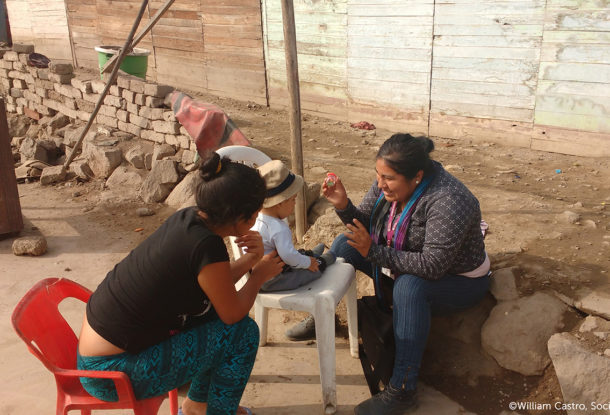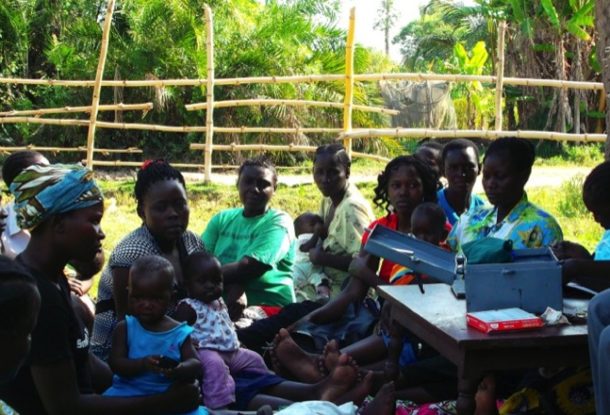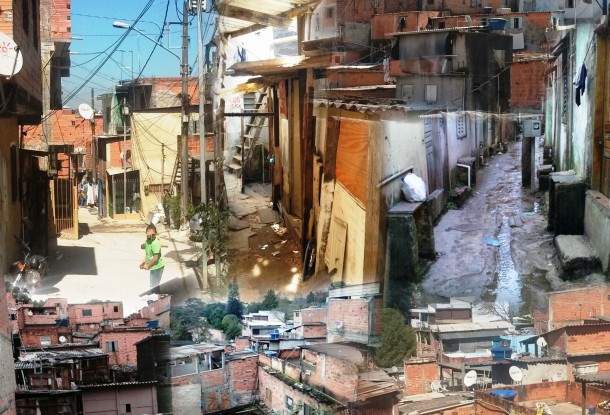- 100 community massage specialists will receive training on early childhood development.
- 1000 mothers will receive early childhood development counseling and support from community massage specialists.
- 15% expected reduction in the proportion of at-risk children in intervention vs. control group.
At Community Empowerment Lab, we believe that transformation lies at the confluence of science and local wisdom. This innovation has the potential to unify, empower and transform.
-- Dr. Vishwajeet Kumar
 Globally, over 200 million children fail to fulfill their developmental potential, manifested as poor skill development, lower educational attainment and reduced earnings, contributing to the intergenerational transmission of poverty. India accounts for more than 30% of the global burden, and the state of Uttar Pradesh (UP) is home to a quarter of India’s children at risk. [1] Of the 25 million under-5 children in UP, 24.4% are moderately stunted and 32.4% are severely stunted. [2]
Globally, over 200 million children fail to fulfill their developmental potential, manifested as poor skill development, lower educational attainment and reduced earnings, contributing to the intergenerational transmission of poverty. India accounts for more than 30% of the global burden, and the state of Uttar Pradesh (UP) is home to a quarter of India’s children at risk. [1] Of the 25 million under-5 children in UP, 24.4% are moderately stunted and 32.4% are severely stunted. [2]



